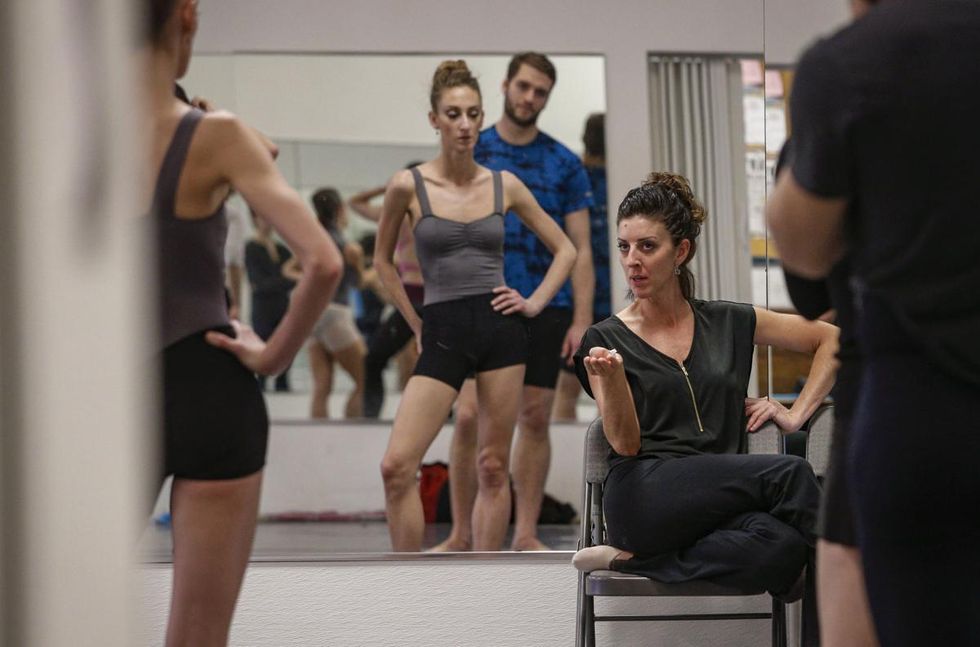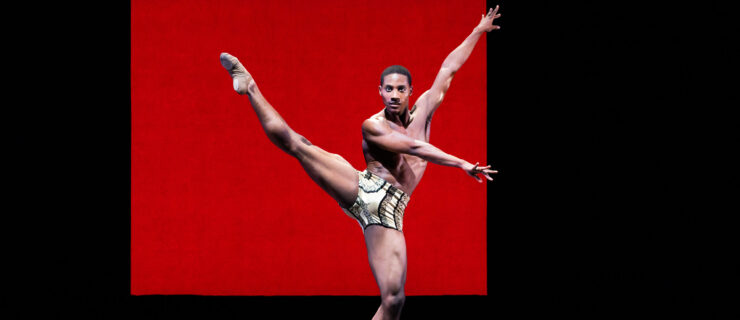Yes, It *Is* Possible to Have a Dance Career Outside a Big City
Rock Island, Illinois, is a small city about three hours from Chicago and an hour from Iowa City. It is also home to Ballet Quad Cities. “I moved here with an open mind,” says Courtney Lyon, who began as a dancer with the company and now serves as artistic director. While she considered moving to a bigger city, Lyon found that Rock Island met her needs: a livable atmosphere, affordable rent, a nice artistic community with a lot of theater (though not much dance) and galleries. “The company was young and the work felt significant, and as a dancer, I felt less like a cog in a wheel.” Almost two decades later, she and the company continue to thrive in this pocket of the Midwest.
Pursuing a career outside of a dance hub might seem like a risk. But being the only dance show in town can mean artistic freedom and even a more dedicated audience. However, the challenges include building that audience from the ground up.
 Courtney Lyon and Ballet Quad Cities thrive in Rock Island, Illinois.
Courtney Lyon and Ballet Quad Cities thrive in Rock Island, Illinois.
Andy Abeyta, Courtesy Ballet Quad Cities
Getting Started
When Anindita Neogy Anaam arrived in Peshtigo, Wisconsin, in 2015, she found not only a void of classical Indian dance—and her form, kathak, in particular—but a void of art in general. So she began dancing wherever she could: at recreation centers, primary schools, colleges and festivals.
Trey McIntyre found slightly more dance but a similar challenge when he started Trey McIntyre Project in Boise, Idaho, in 2005. “Moving to an underserved community was appealing to me, but we had to let go of expectations of how a company is supposed to exist and let the needs of who was there influence our process,” he says.
 Courtesy Anaam
Courtesy Anaam
Limitations as Opportunity
As Anaam got to know people in her area, she found that the typical music and ornate costumes of kathak threw them off. She began experimenting with fusion music, without lyrics, and simpler costuming. The result is a hybrid that is entirely her own. “In India or a large city, I wouldn’t have to compromise,” says Anaam, “but here I have been pushed to do something different.”
Lyon has also found a career trajectory that may not have been available to her in New York City. Moving from dancer to artistic director in a relatively short span of time, Lyon has been able to make work on the company and program young choreographers she admires. “There has been freedom to push my boundaries because there are fewer preconceived notions here,” she says. To stay connected to the larger dance world, she is active online and takes trips to Chicago whenever she can.
Getting dancers to more remote locations can be a challenge. Lyon is mindful of the time and money it takes to get to Rock Island to audition, and she often interviews dancers over the phone ahead of time to streamline the process. For McIntyre, finding dancers “was a litmus test for a sense of adventure,” he says. “I was able to find the people who were open to something different.”
 Trey McIntyre Project’s final performance
Trey McIntyre Project’s final performance
Christopher Duggan, Courtesy Jacob’s Pillow
Long-term Payoffs
While McIntyre ultimately closed TMP in 2014, it has continued to open doors in the Boise community: Two former TMP dancers are now the artistic director and rehearsal director of Ballet Idaho, and another directs Boise’s new contemporary troupe LED.
Anaam hopes to eventually open a school so she can one day have other dancers fluent in her vocabulary. “I am helping to combat biases and narrow-minded views,” she says. “In turn, I am creating a brand-new audience for my art.”




